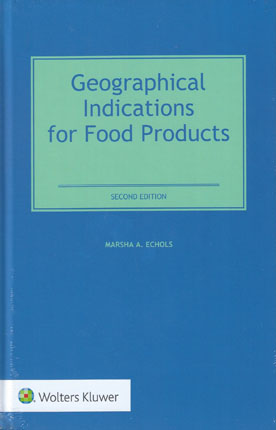
Geographical Indications for Food Products presents a detailed update of the international, regional, and national law of geographical indications (GIs) for food products.
Since the first edition of this indispensable volume nearly a decade ago, great changes have taken place in both national and international legal and regulatory frameworks for GIs system for food products. Rather than use of limitation (designed to prevent the use of ‘culture’ for protectionist purposes), there is a preponderance to now favour recognition of GIs, with enforcement directed at protection.
While the World Trade Organization (WTO) and its Agreement on Trade-Related Aspects of Intellectual Property (TRIPS) remain the multilateral legal benchmarks for GIs, the field has been assertively entered by the World Intellectual Property Organization (WIPO) with the 2015 Geneva Act (which adds GIs to the EU Lisbon Agreement).
This book, still notable for its thorough exploration of the meaning of the TRIPS commitments, in its second edition, brings a new perspective that takes the changed conditions fully into account.
What’s in this book:
With no sacrifice of depth, the author covers a wide range of issues such as the following:
How this will help you:
Given that experience and research have revealed the great financial and cultural value of GIs, this thoroughly updated detailed analysis and interpretation of current trends in food product regulation worldwide is of crucial importance to an adequate understanding of the trade rules that apply to the recognition, protection, and enforcement of GIs and competing names. It is sure to be of great value to anyone concerned with this specialized field, including practitioners, food producers and traders, jurists, officials, policymakers and academics.